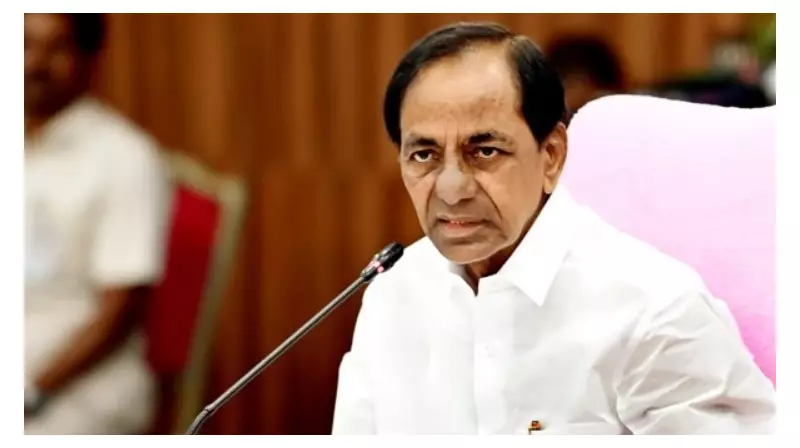
In a significant development that could have major political repercussions, the Telangana government has filed a detailed affidavit in the High Court squarely blaming former Chief Minister K Chandrashekar Rao for massive financial irregularities in the Kaleshwaram Lift Irrigation Project.
Massive Financial Loss and Individual Responsibility
The state government's counter-affidavit, submitted on October 23, asserts that the decision to construct three barrages for the Kaleshwaram project resulted in enormous losses exceeding ₹7500 crores to the state exchequer. The document categorically states that this was the "sole and individual responsibility" of the then chief minister and irrigation minister, rather than a collective decision of the Council of Ministers.
The affidavit specifically highlights that critical administrative approvals for constructing Medigadda, Annaram, and Sundilla barrages were never presented to or ratified by the cabinet. These approvals, issued on March 1, 2016, were granted nearly eleven months before the Detailed Project Report was formally submitted to the Central Water Commission for technical vetting in February 2017.
Suppressed Warnings and Technical Negligence
One of the most serious allegations in the affidavit concerns the deliberate suppression of expert warnings. The document reveals that an expert committee report from January 2015 had explicitly warned against constructing the barrage at Medigadda, finding the location "not advisable and also not economical."
The government claims this report was "intentionally kept in cold storage" to advance the preferred site location and directly blames KCR for being "complicit in this suppression." This suppression allegedly enabled the continuation of a technically flawed project that eventually led to the structural failure of Medigadda barrage pillars on October 21, 2023.
The National Dam Safety Authority's preliminary findings cited in the affidavit confirm that the sinking resulted from "a combination of issues involving lacunae and negligence in planning, design, quality control, and Operation and Maintenance." The authority declared the Medigadda structure "useless until fully rehabilitated."
Commission Findings and Recovery Recommendations
The Justice Pinaki Chandra Ghose Commission of Inquiry, constituted after the structural collapse, uncovered "grave irregularities across conceptualization, planning, design, construction, award of contract, execution, O&M, quality control, and financial mismanagement."
The commission has recommended that amounts "wrongfully and illegally paid to agencies with malicious intention" should be recovered jointly and severally from responsible officials and contractors. The affidavit also highlights that contractors failed to address defects during the mandatory five-year Operation and Maintenance period, with "absolutely no operation and maintenance" of the barrages.
The state government maintains that the decision to hand over the investigation to the CBI was to ensure proper legal procedures are followed. The affidavit concludes that the findings are based entirely on government records and that the petitioners' contention about not being heard is an "unmeritorious afterthought" raised only after adverse findings emerged.





